Paver Patio Repair Solutions
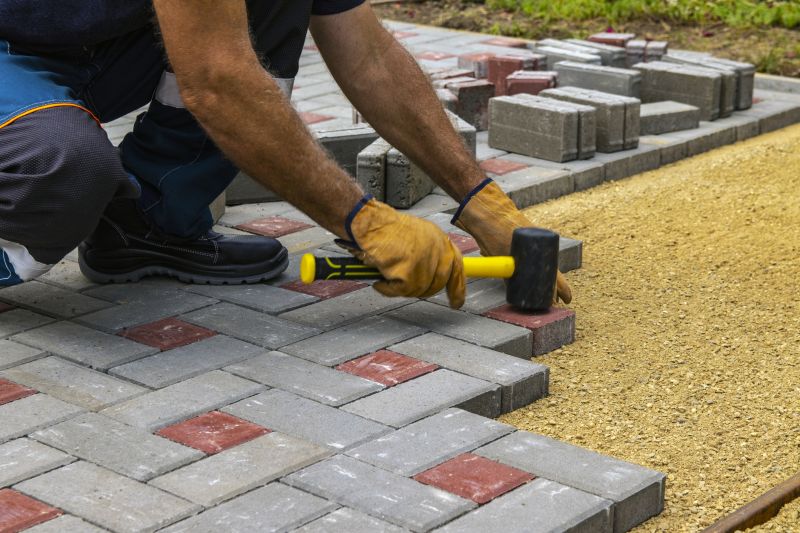
Spring is ideal for repairs due to moderate temperatures and dry conditions, allowing for proper setting and curing.
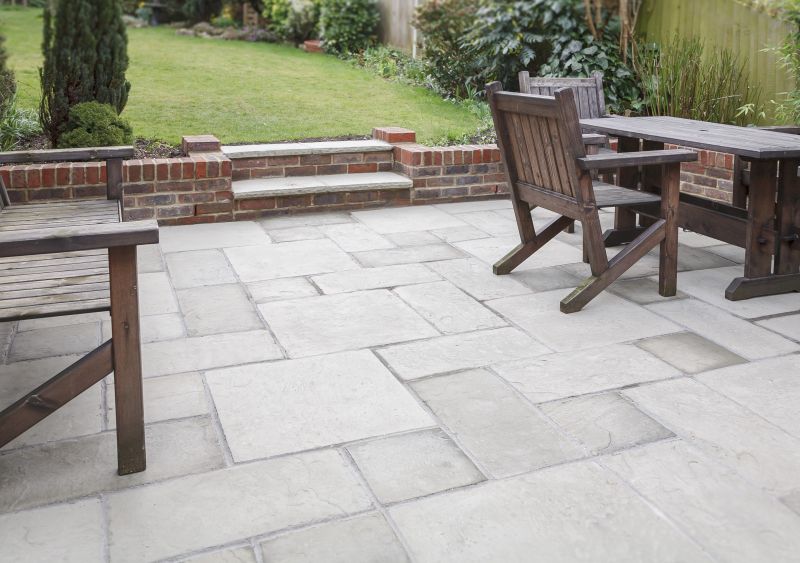
Summer offers longer daylight hours and warm weather, which can facilitate faster drying and curing of repairs.
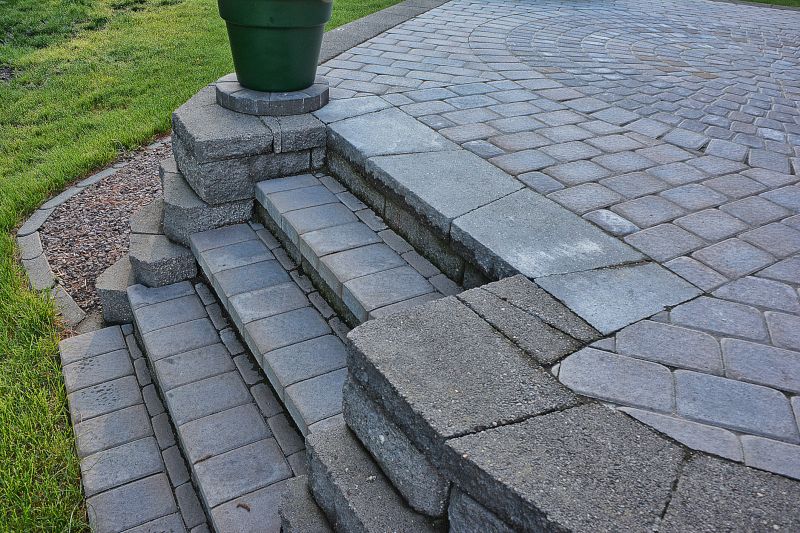
Fall allows for repairs before winter, helping to prevent damage from freeze-thaw cycles.
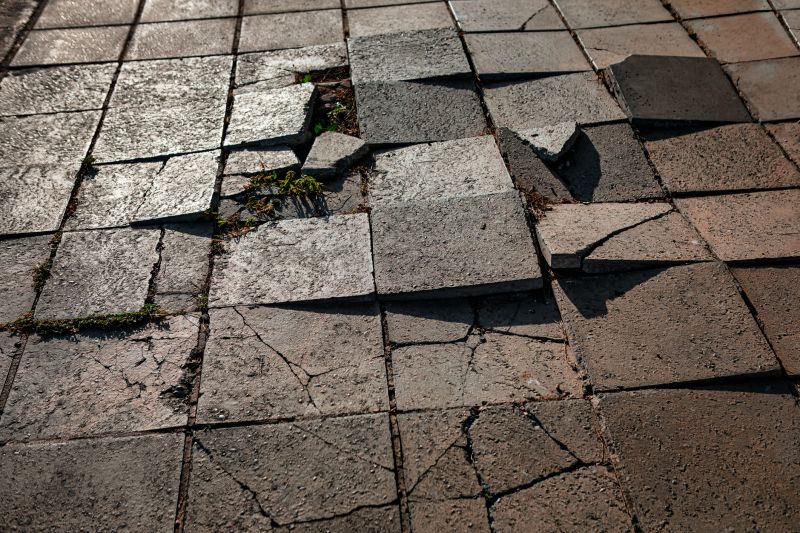
Ways to make Paver Patio Repairs work in tight or awkward layouts.
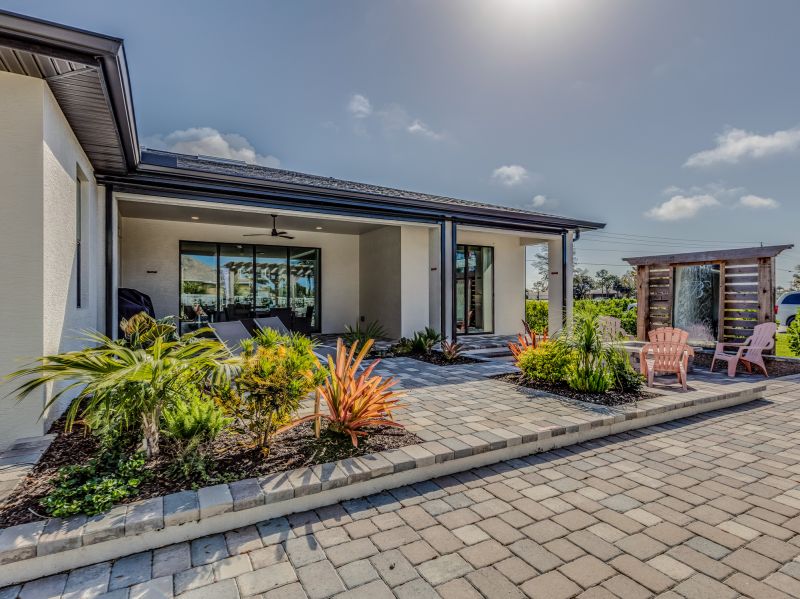
Popular materials for Paver Patio Repairs and why they hold up over time.

Simple add-ons that improve Paver Patio Repairs without blowing the budget.

High-end options that actually feel worth it for Paver Patio Repairs.

Finishes and colors that play nicely with Paver Patio Repairs.
Paver patio repairs are essential for maintaining the structural integrity and aesthetic appeal of outdoor spaces. Repairs typically involve replacing or resetting damaged or shifted pavers, filling in gaps, and addressing underlying issues such as base erosion or weed infiltration. Proper timing of repairs can extend the lifespan of the patio and prevent more costly issues in the future.
Statistics indicate that performing repairs during optimal weather conditions reduces the likelihood of future problems. For example, repairing in dry seasons minimizes moisture-related issues, which are a leading cause of paver movement and deterioration. Additionally, timely repairs can improve safety by preventing uneven surfaces and trip hazards.
Weather conditions significantly influence the success of paver repairs, with dry, moderate temperatures being most favorable.
Shifting pavers, weed growth, and base erosion are primary reasons for repair needs.
Properly timed repairs using quality materials can extend the lifespan of a paver patio by several years.
Uneven surfaces, cracked pavers, and weed intrusion are indicators that repairs are needed.

A professional repairing pavers during spring conditions.
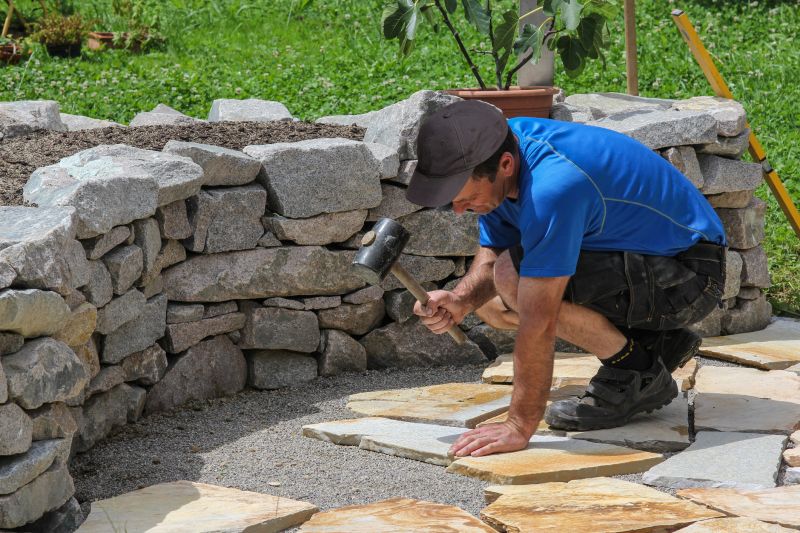
Paver repairs underway in warm, dry weather.
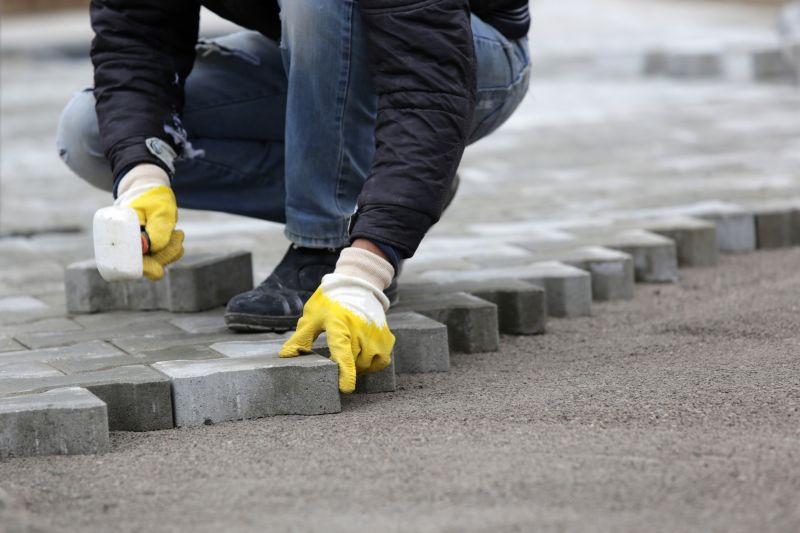
Preparing pavers for winter to prevent freeze damage.

Finished paver patio with restored appearance.

Little measurements that prevent headaches on Paver Patio Repairs day.
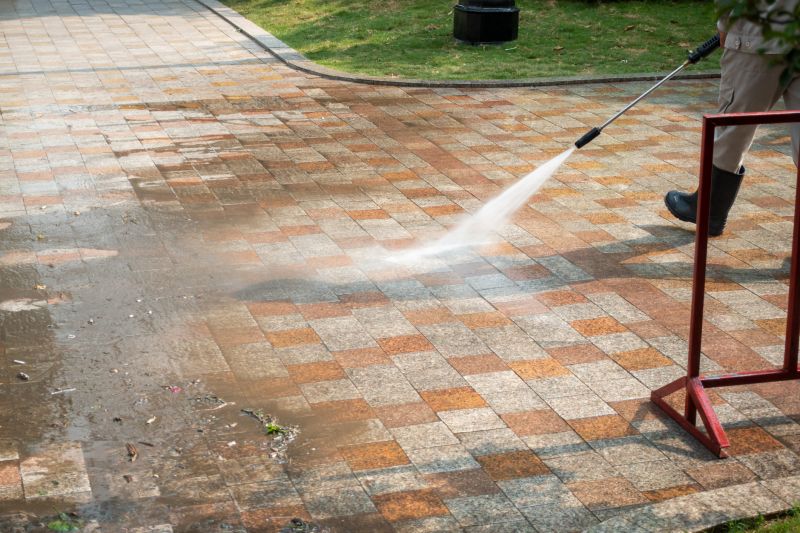
A 60-second routine that keeps Paver Patio Repairs looking new.

A frequent mistake in Paver Patio Repairs and how to dodge it.
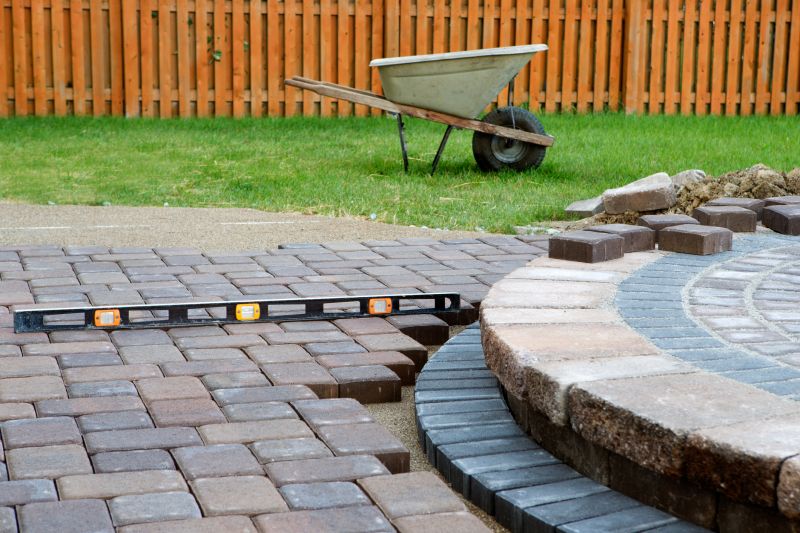
Small tweaks to make Paver Patio Repairs safer and easier to use.
| Season | Ideal Repair Conditions |
|---|---|
| Spring | Moderate temperatures, dry weather, optimal for setting pavers. |
| Summer | Warm, dry days suitable for curing repairs. |
| Fall | Before winter, to prevent freeze-thaw damage. |
| Winter | Generally not recommended due to moisture and cold temperatures. |
| Late Spring | Good for initial repairs before summer heat. |
| Early Fall | Allows for repair completion before cold weather. |

A crew fixing pavers during optimal weather conditions.

A neatly repaired paver patio ready for use.

Scheduling repairs based on seasonal weather patterns.

Transforming damaged pavers into a smooth surface.
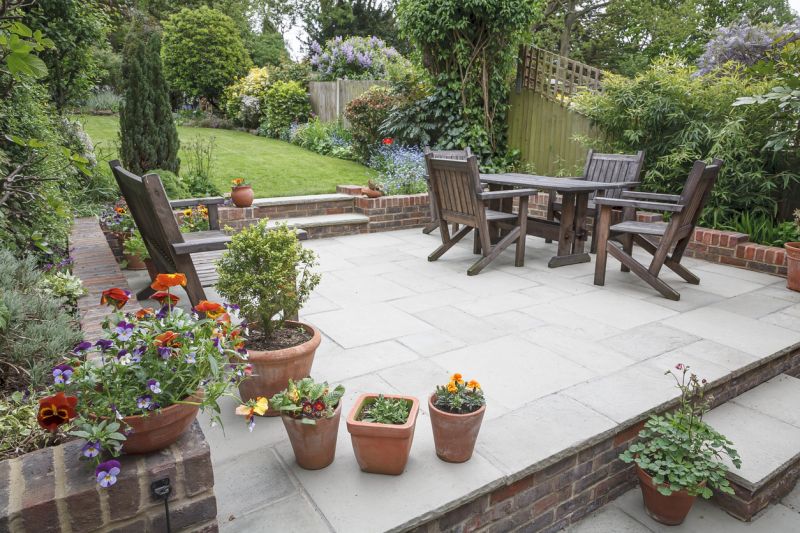
Lower-waste or water-saving choices for Paver Patio Repairs.
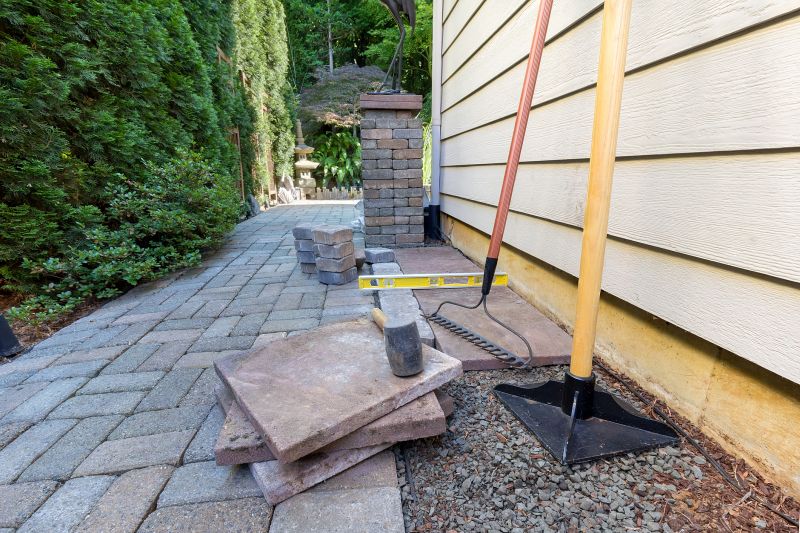
The short, realistic tool list for quality Paver Patio Repairs.
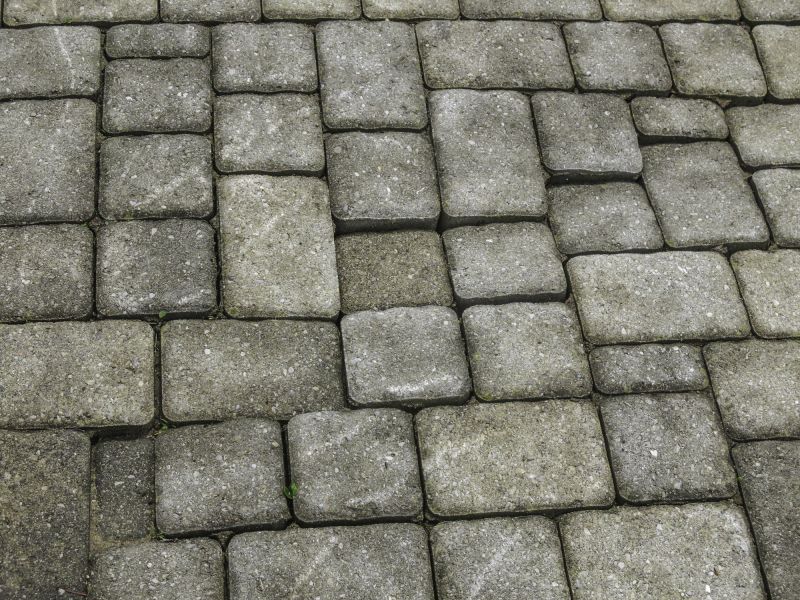
Rough timing from prep to clean-up for Paver Patio Repairs.
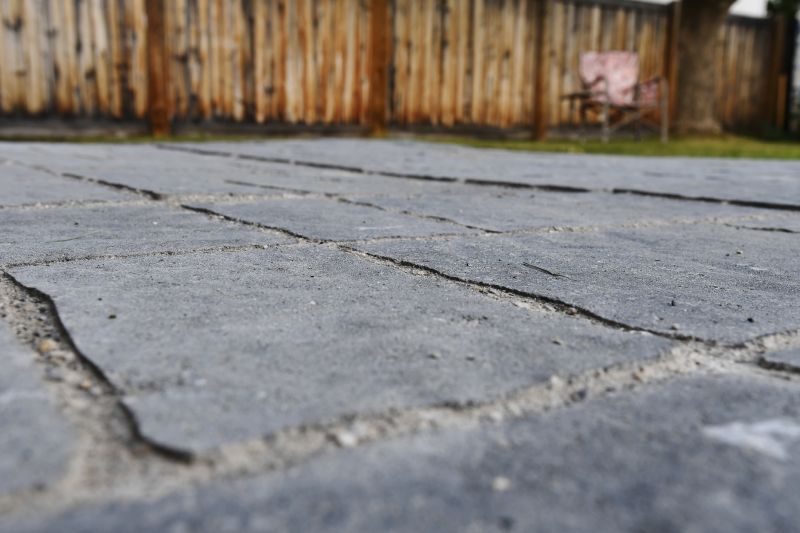
Quick checks and paperwork to keep after Paver Patio Repairs.
Interested in paver patio repairs? Filling out the contact form can provide more information and help schedule repairs during the most suitable season for optimal results.



